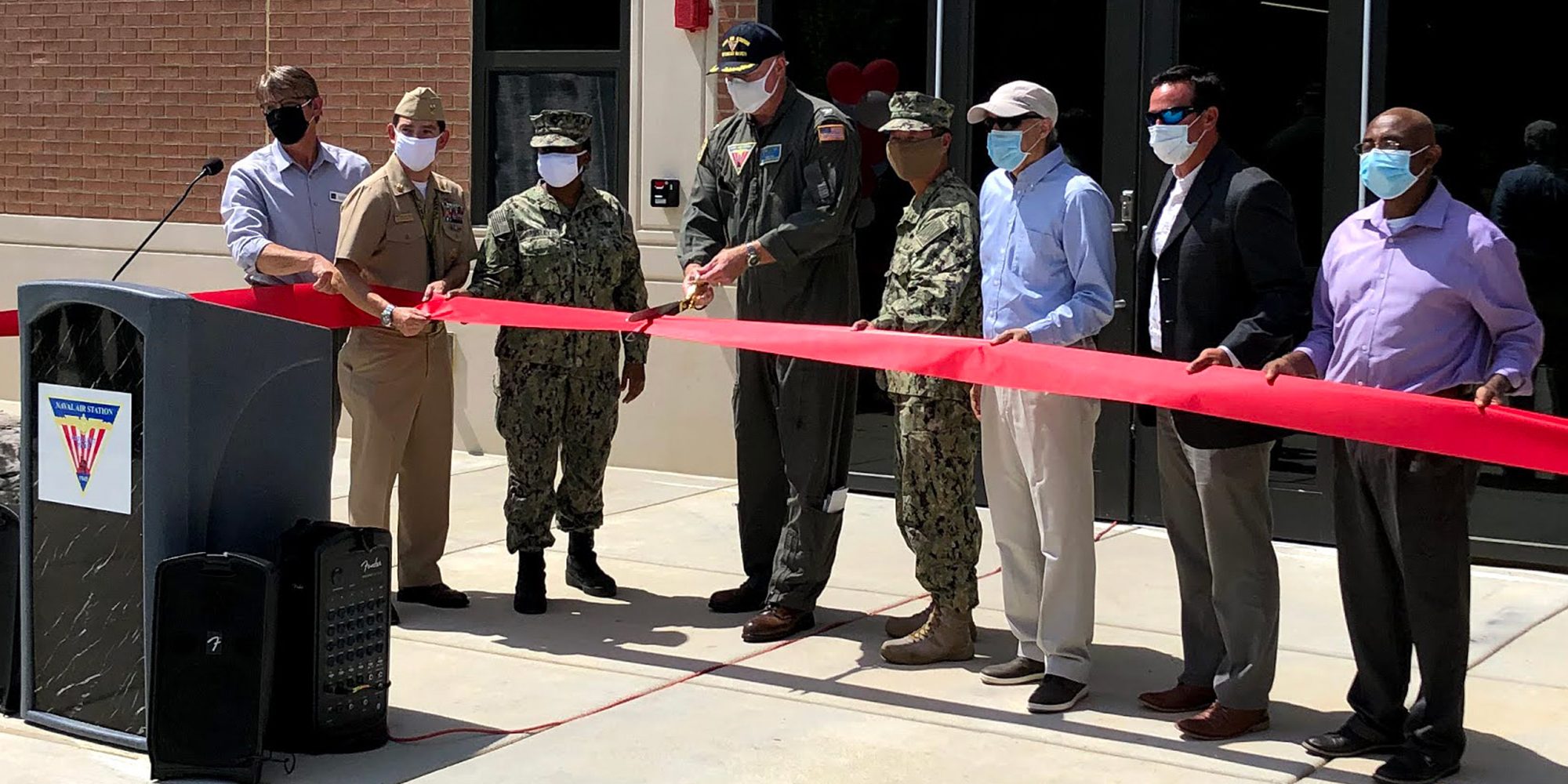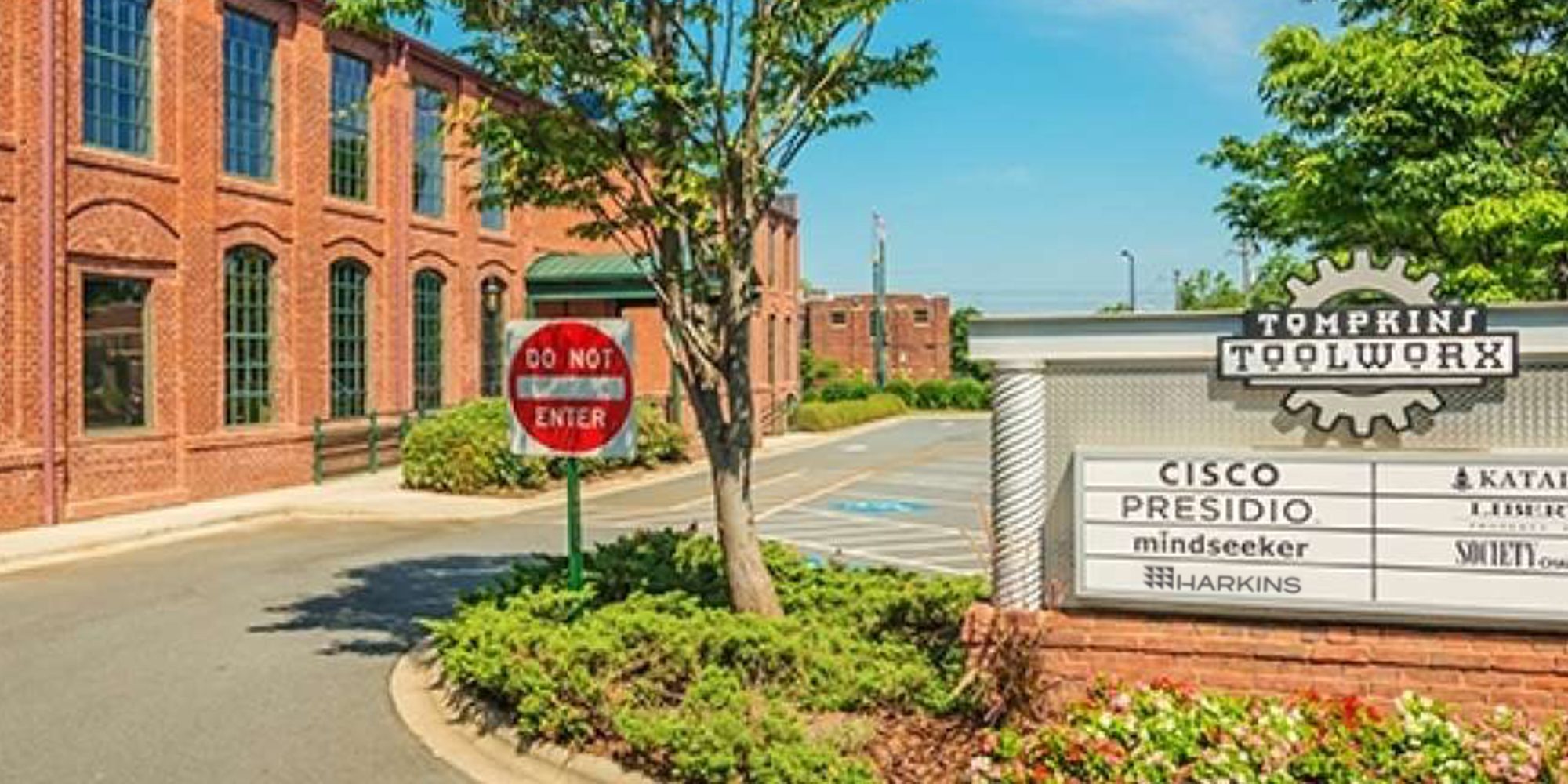Co-written by Harkins Director of Interiors Matt DeGourse and Baltimore Tenant Advisors / Newmark Knight Frank Executive Managing Director Michael Singer
Amid the COVID-19 pandemic, indoor air quality has become a major concern to businesses, building managers, tenants, and employees. It can impact the health, comfort, well-being, and productivity of building occupants. Did you know that all office buildings are required to meet the American Society of Heating, Refrigerating and Air-Conditioning Engineers (ASHRE) standards for fresh air and adequate airflow within your office space? But is that enough to keep everyone safe? Many business owners and corporate leaders are seeking to understand the range of options available in the marketplace to ensure the highest levels of employee safety during this time.
The three most common strategies to improve your Indoor Air Quality (IAQ) are ventilation control, filtration, and disinfecting.
Ventilation Control
The strategy behind ventilation control is to dilute the inside (“recycled”) air that is circulating within your office space with more Outdoor Air (OA) by increasing the number of air exchanges per hour. This is done by engineering new OA equipment outside your premises (commonly rooftop units) that deliver into your space or mechanical closet. There are ASHRE minimum requirements for OA that must be implemented in all spaces. In addition, there are many ways to measure air quality standards, such as LEED and WELL, that reflect higher performance specifications than ASHRE.
This is typically seen when upgrading an existing system during an office renovation where there is an increase in the number of employees within the given work area. The initial cost is high (approximately $7,000 per additional ton) and there is a longer lead time (22 to 24 weeks, depending on complexity) for acquiring new equipment and supporting infrastructure. You can expect your ongoing energy bill to increase as the amount of air that is needed to be heated or cooled will also increase.
Filtration
Many individuals are looking to increase their filtration to provide quick, additional protection for their employees right now. The most common form of measurement is the Minimum Efficiency Reporting Value (MERV): the higher the MERV rating, the higher the air filtration capabilities of a filter. Unfortunately, upgrading your standard MERV-8 filter to a MERV-13, at a cost of $100-$300 per filter, will not work for all situations since older equipment often does not support newer filters. As an alternative, one can install higher MERV rated filters with a low-pressure drop and at a premium. For instance, installing HEPA filters (MERV17-20) at a cost of $200-$500 each and can remove 99.97% of biological and inorganic material and are recommended by AHSRE for use in sterile environments as a higher line of defense for viruses.
Disinfecting
Disinfecting is all the rage in office environments right now for stopping the spread of COVID-19 droplets through the air. The two most common solutions are Ultraviolet Germicidal Irradiation (UVGI) and Bipolar Ionization (BPI). A UVGI solution is great for keeping coils clean in your equipment, and the install typically takes a day or two. At a cost of $200 to $300 worth of bulbs every year and an ongoing maintenance expense, UVGI has expenses that other solutions such as BPI may not have. ASHRE endorses UV-C bulbs as a guideline, and the equipment can be custom-tailored to your existing HVAC system.
Bipolar Ionization or Non-thermal Plasma Technology (BPI) is a system that converts oxygen into charged atoms that eliminate mold, bacteria, allergens, and viruses. There are a few different ways to address your space when considering BPI, though it can be installed along with your current HVAC system regardless of equipment type and distribution. We are finding that most applications will likely cost you under $1.00 per square foot of floor area for the installation of this type of system, which may take a couple of days depending on the complexity of the system. Dozens of controlled independent laboratory test results show that this technology can reduce 99.9% Influenza A virus, 99.43% reduction in Escherichia coli (E. coli), and 98.6% reduction in Volatile Organic Compounds (VOCs) in just one hour. On top of all that, it reduces food odors!
It is important to note that different types of buildings have different types of HVAC systems. If your office space is within a single-story building, the HVAC solution might be very different from that of a high-rise building. Furthermore, depending on the type of building and number of companies within the building, a landlord might consider upgrading the entire building system or instead require companies to make their own upgrades at their cost. No matter the scenario, if you are interested in understanding the best solution to upgrade the HVAC system of your company’s office space, please contact our team for a free consultation.





